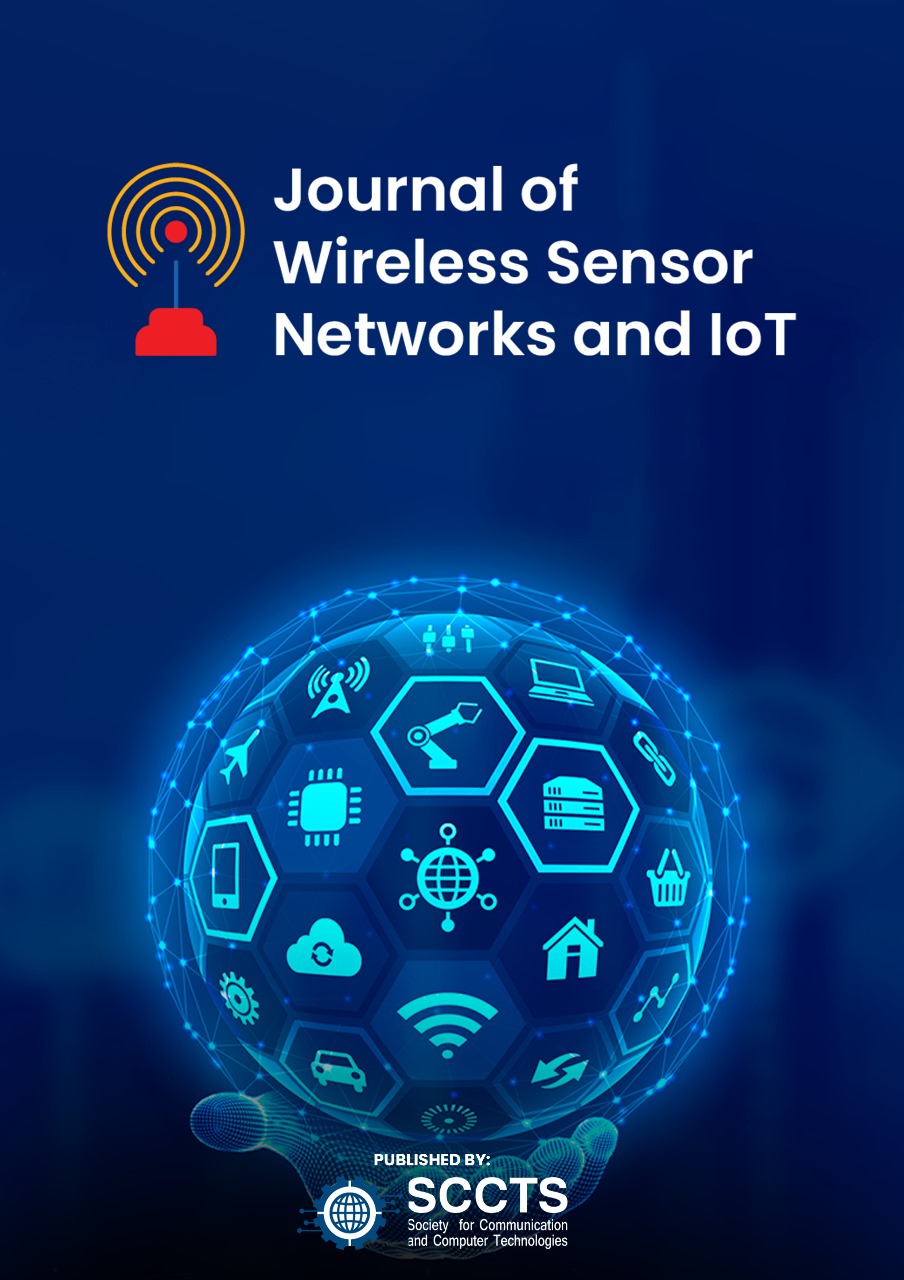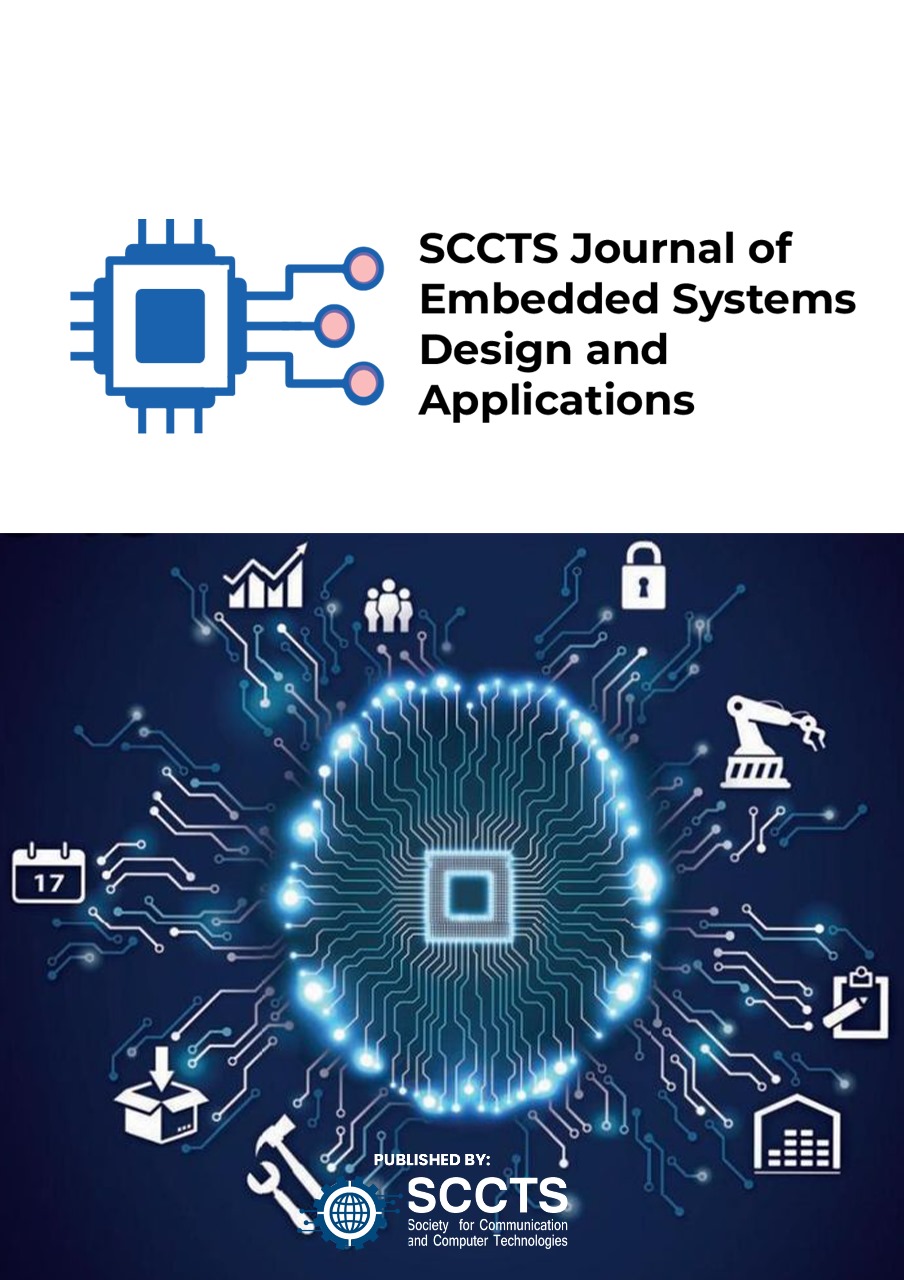Photonic Crystal Fiber Biosensor for Continuous, Non-Invasive Glucose Monitoring: Design and Performance Analysis
DOI:
https://doi.org/10.31838/ECE/03.01.06Keywords:
Photonic Crystal Fiber, Glucose Biosensor, Non-Invasive Monitoring, Refractive Index Sensor, Finite Element Method, Biomedical SensingAbstract
A newly designed and tested photonic crystal fiber (PCF)-based biosensor targeted at continuous, non-invasive glucose monitoring is presented in this study and the focus was on realizing high sensitivity, resolution and biomedical compatibility. A hexagonal-lattice PCF architecture was constructed wherein an analyte layer containing a glucose sensitive layer was incorporated in the core. The FEM was applied to predict the operation of the sensor with propagation of light and estimation of the important optical parameters, such as effective refractive index shifts, the sensitivity to wavelength, confinement loss and modal behaviors in the physiologically relevant glucose concentration range. The output of the simulation showed a linear spectral signature to glucose changes with high selectivity of 8100 nm/RIU and minimal low confinement losses of less than 0.05 dB/cm. The sensor was also validated to operate stably to both thermal and structural fluctuations, which make it suitable in real time applications. In general, the suggested PCF biosensor is a small, sensitive, and biocompatible biosensing platform that enables non-invasive admission of glucose by using biofluids, saliva, or tears, and has high commercial possibilities in incorporating the system into wearable and implantable medical gadgets.

















